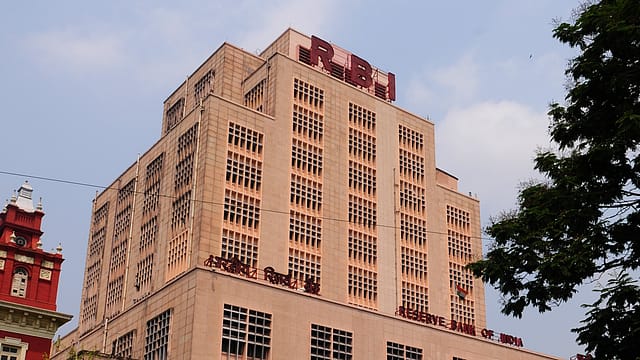SBI, ICICI Bank, HDFC Bank systemically important: RBI
ADVERTISEMENT

The Reserve Bank of India on Monday said that State Bank of India, ICICI Bank, and HDFC Bank continue to be identified as Domestic Systemically Important Banks (D-SIBs).
The banking regulator had issued a framework for dealing with D-SIBs in July 2014 which required it to disclose the names of such banks starting from 2015 and place these banks in appropriate buckets depending upon their Systemic Importance Scores (SISs).
The Reserve Bank had announced SBI and ICICI Bank as Domestic Systemically Important Banks in 2015 and 2016. Based on data collected from banks as on March 31, 2017, HDFC Bank was also classified as a D-SIB, along with SBI and ICICI Bank. The current update is based on the data collected from banks as on March 31, 2022.
Based on the bucket in which a D-SIB is placed, an additional common equity requirement has to be applied to it. In case a foreign bank having branch presence in India is a Global Systemically Important Bank (G-SIB), it has to maintain additional CET1 (Common Equity Tier 1) capital surcharge in India as applicable to it as a G-SIB, proportionate to its Risk Weighted Assets (RWAs) in India, i.e., additional CET1 buffer prescribed by the home regulator (amount) multiplied by India RWA as per consolidated global Group books divided by total consolidated global Group RWA.
December 2025
The annual Fortune 500 India list, the definitive compendium of corporate performance, is out. This year, the cumulative revenue of the Fortune 500 India companies has breached $2 trillion for the first time. Plus, find out which are the Best B-schools in India.
Last month, the RBI said that the Indian financial sector has "remained resilient" and the scheduled commercial banks have witnessed a jump in lending while bad debt in the banking system has continued to decline to date in the current fiscal.
"SCBs' credit growth (y-o-y), which started picking up during H2:2021-22, sustained its momentum and gathered pace to touch a decadal high of 17.4 per cent as on December 16, 2022, a level last observed during 2011. The increase has been broad-based across geography, economic sectors, population groups, organisations, type of accounts and bank groups," the RBI said in its Financial Stability Report.
In the same report, the central bank said that the quantum of financial frauds in the Indian banking system fell 46% year-on-year to ₹19,485 crore between April and September 2022. Banks had reported frauds worth ₹36,316 crore during the same period last year.
At ₹18,746 crore, loan-related frauds clocked the biggest share in the first half of FY23, as per RBI data. “Based on the date of occurrence of frauds, advances-related frauds formed the biggest category prior to 2019-20. Subsequently, however, in terms of number of frauds, the modus operandi shifted to card or internet based transactions,” the RBI says, adding that cash frauds are also on the rise.
The number of fraud cases reported by private lenders outnumbered those by public sector banks (PSBs) for the second consecutive year in 2021-22. In terms of the amount involved, however, the share of PSBs was 66.7% in 2021-22, as compared with 59.4% in the previous year.
